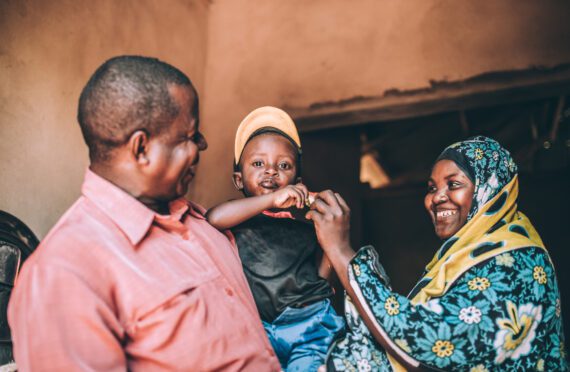The Current Situation:
- The World Food Programme (WFP) and the Food and Agriculture Organization (FAO) reported in October 2022 that humanitarian actions are critical to “prevent further starvation and death” in six countries of highest concern—Afghanistan, Yemen, Nigeria, Ethiopia, South Sudan, and Somalia.
- People in each of these six countries are either already facing starvation, or living with crisis-level food insecurity in situations likely to worsen further.
- The most recent WFP-FAO humanitarian outlook indicates that globally, about 45 million people are living in areas with high levels of severe hunger and malnutrition, levels signaling that there is a risk that conditions will worsen to the point of famine. People on the verge of famine can be found in 37 countries around the world.
- Bread has previously written about the hunger crises in Ethiopia and Nigeria. Bread also has more information on other areas where hundreds of thousands of people are living on the verge of famine. These include countries in the Sahel region just south of Africa’s Sahara Desert, Kenya, Haiti, and the Democratic Republic of the Congo (DRC).
- Among these 45 million people are nearly 1 million people who are projected to face famine if they do not receive additional assistance in time. These groups live in the highest-priority countries, which again are Afghanistan, Yemen, Nigeria, Ethiopia, South Sudan, and Somalia.
Causes:
- Armed conflict, notably in Ethiopia, Yemen, and South Sudan.
- Climate impacts, particularly sustained severe drought in East Africa. Somalia is projected to face an unprecedented fifth consecutive year of insufficient rainfall.
- High food prices due to worldwide inflation and the impact of the war in Ukraine, which has significantly reduced the availability of imported grain.
Humanitarian assistance:
- High-income countries have significantly increased their investments in emergency humanitarian assistance because of the multiple hunger crises. This includes the United States, which allocated $5 billion for emergency food, nutritional support, and humanitarian assistance.
- However, the problem is that the needs are rising even more quickly than the assistance available. According to the WFP/FAO humanitarian assessment, “Funding shortfalls and rising operational costs have reduced humanitarian assistance across many of these hunger hotspots.”
- The report continues: “Without additional funding, humanitarian assistance is likely to be further reduced across the board” between now and January 2023.
How Bread Is Helping
Bread’s ongoing advocacy for robust humanitarian food and nutrition assistance is essential to an effective response to countries with famine or near-famine conditions. Bread for the World members are longtime faithful advocates for people in hunger emergencies and have already helped to win additional humanitarian funding this year. This is part of Bread’s efforts to persuade Congress to allocate funds that save lives, prevent irreparable harm from early childhood malnutrition, and ease suffering. Bread members also champion U.S. development assistance, which helps prevent hunger emergencies by enabling and equipping people to build resilient communities.



